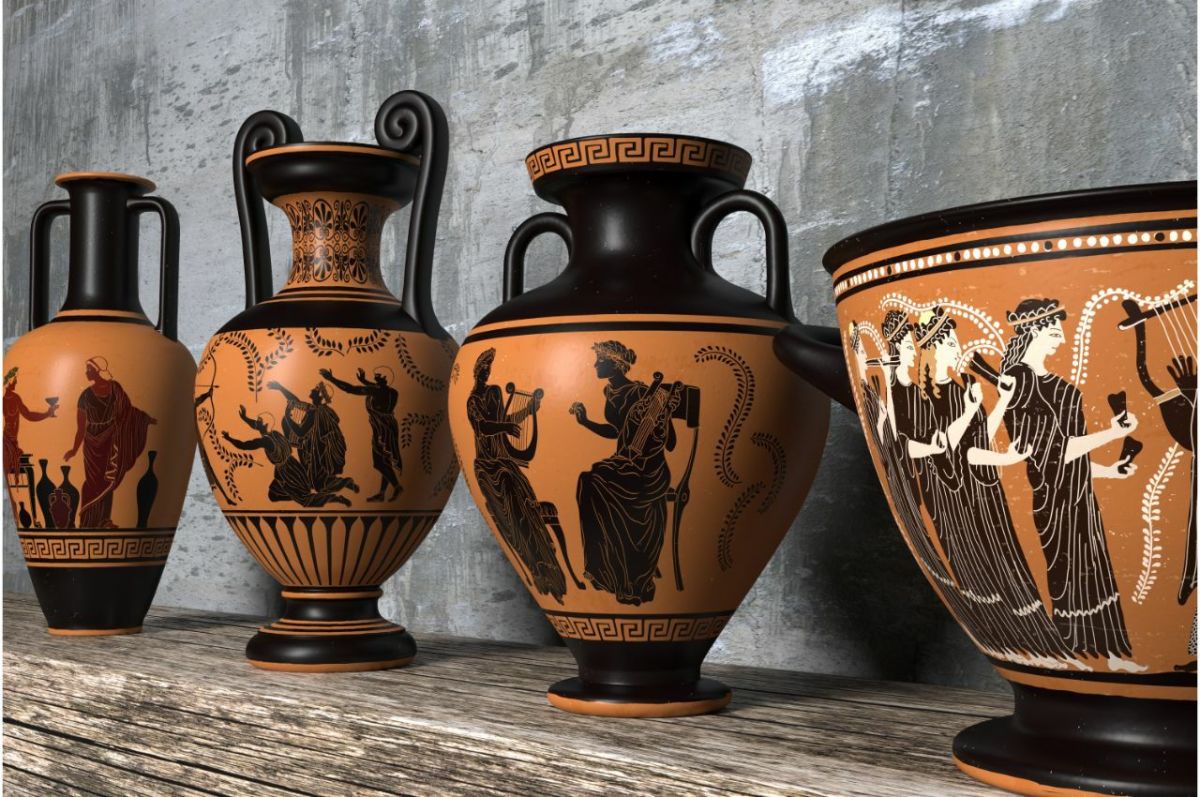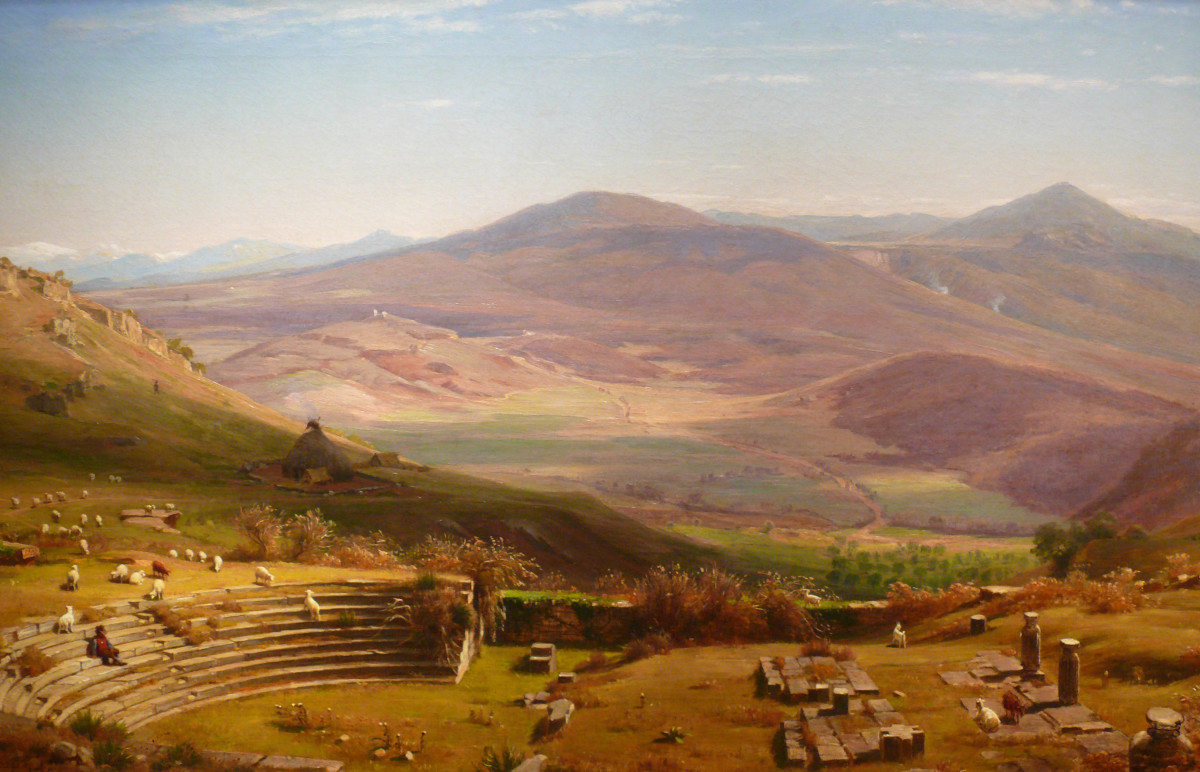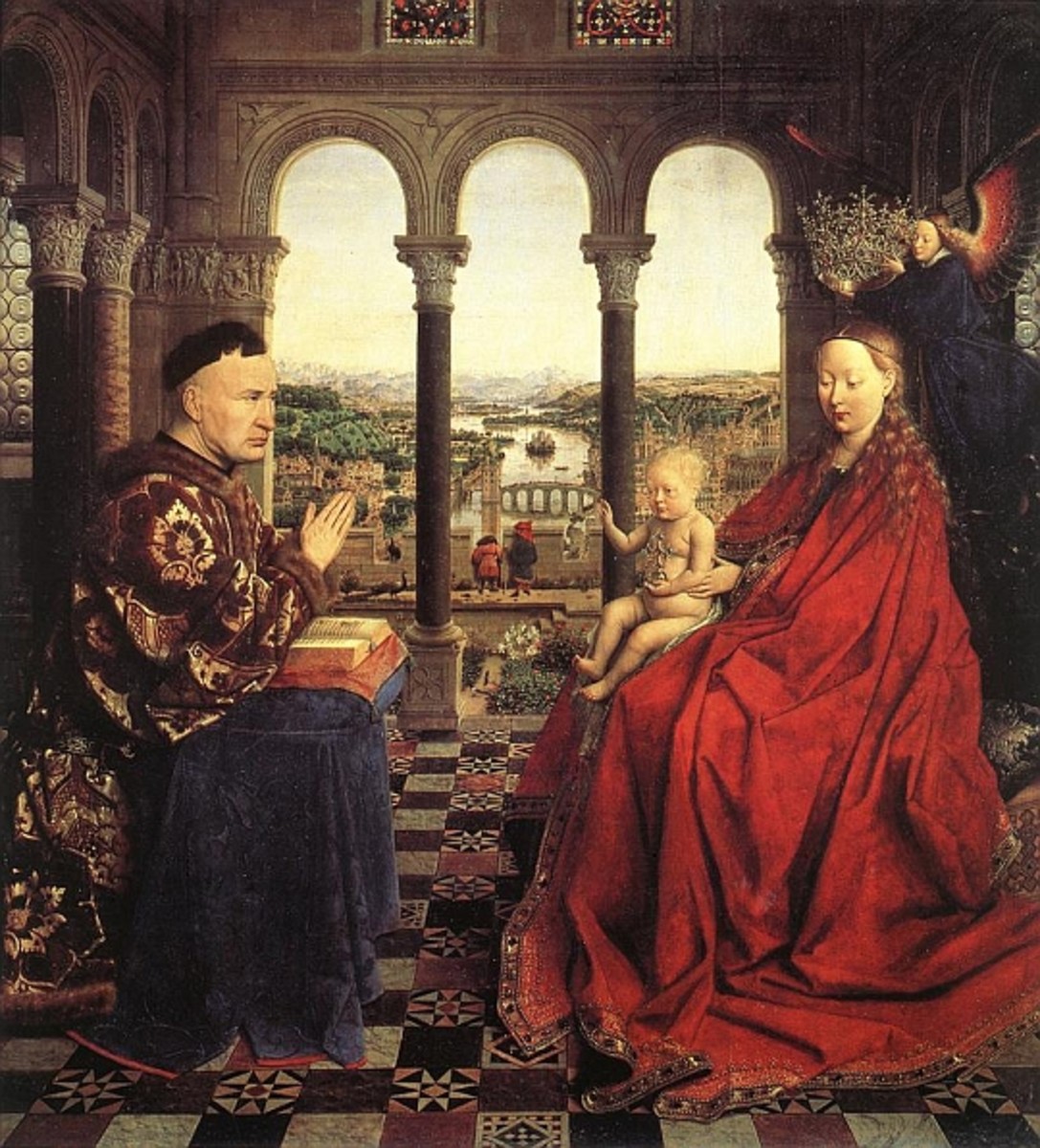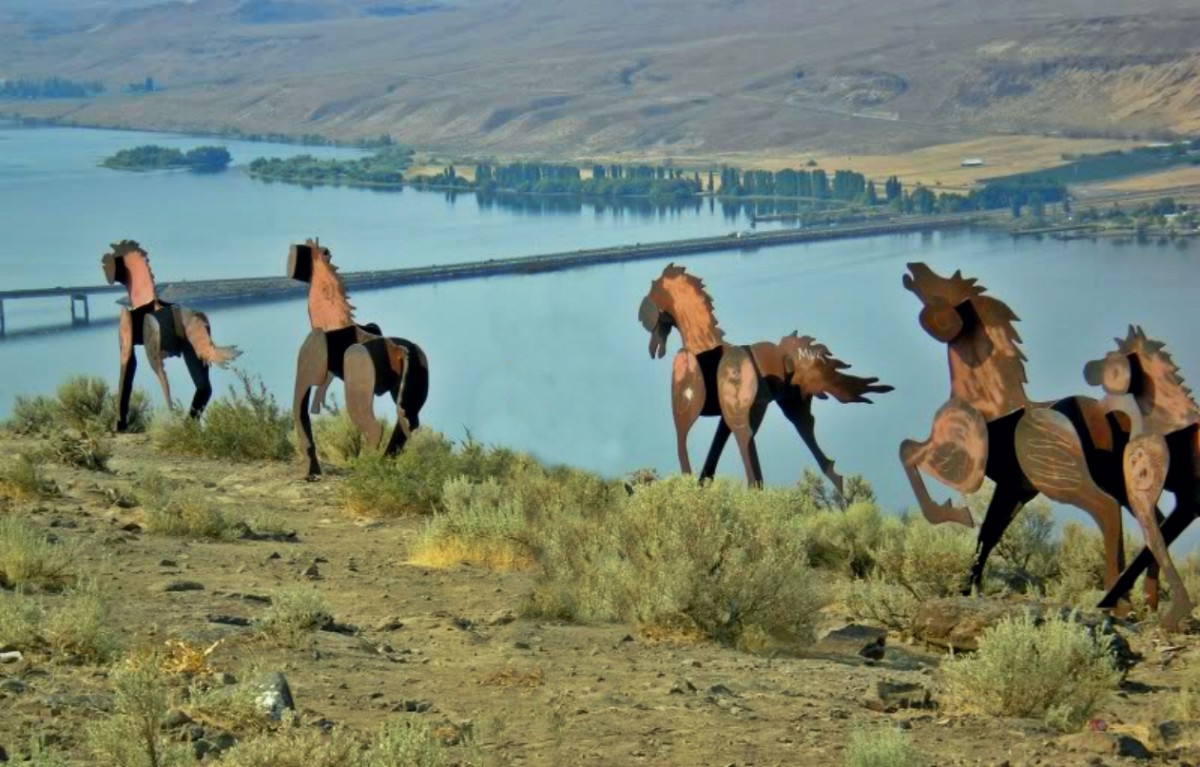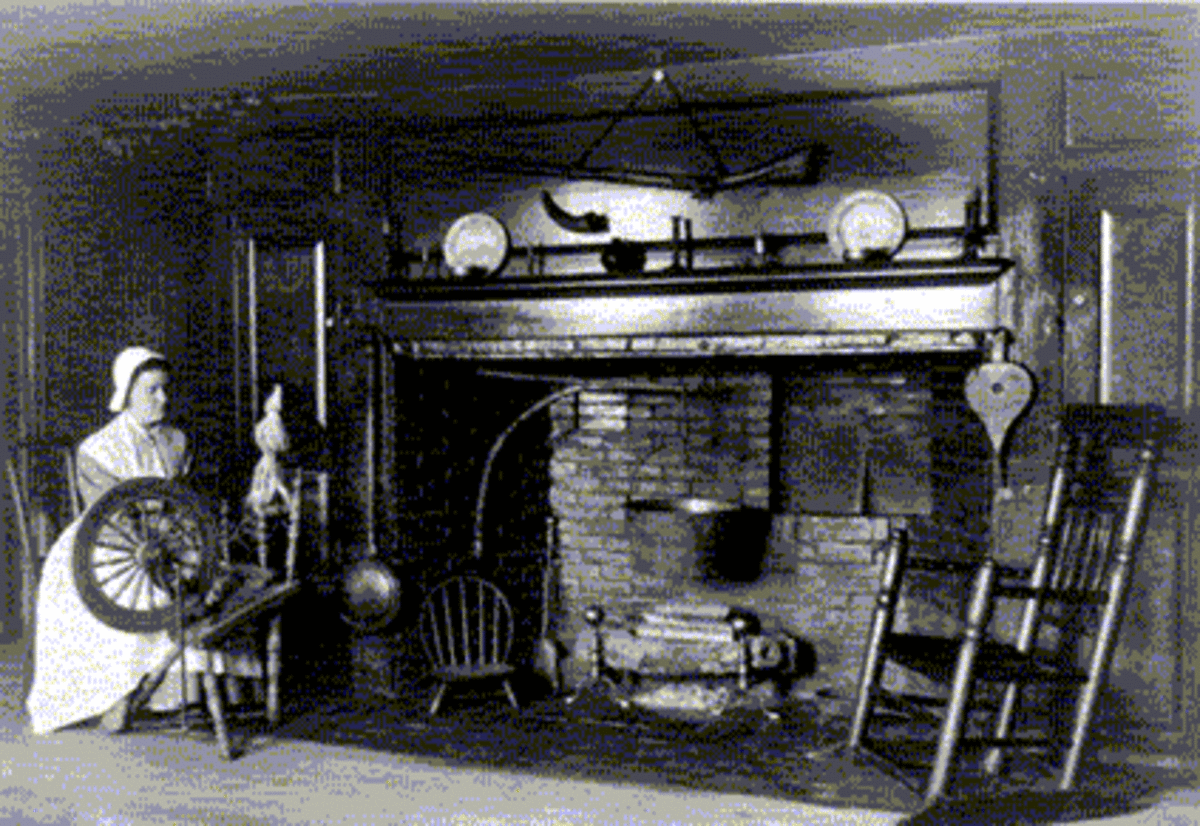 72
72- 0
Greek Art History: 2000 BC to 30 BC
The history of ancient Greek art is divided into different periods. While most believe there were three major eras—Archaic, Classical, and Hellenistic—there were more.
- 2
Famous American Painters of the Hudson River School of Art
In early 19th-century America, a group of landscape painters, led by English-born American artist, Thomas Cole, came together to form a school of art called the "Hudson River School of Art".
- 0
History of American Folk Art Painters
Folk art painters were everyday people with creative flairs and passionate urges to draw and paint. Their drawings lacked proportion and the traditional rules of perspective.
- 0
History of Renaissance Art Painters and Their Paintings
Art can't be evaluated without historical information about the works of famous Renaissance artists who influenced the philosophies, activities, and thoughts of mankind over the centuries.
- 3
History of Decorative Metal Works
Metals have a variety of physical traits that limit the shapes and forms into which decorative metal works can be fashioned.
- 15
Medieval Art History: Ancient Art Forms of the Middle Ages
Art styles of the medieval period (Middle Ages) were highly influenced by the church because religion was the mainstay of life.
- 2
Early American Art Period: 17th to 20th Centuries
A notable influence on the development of the styles of the American art periods has always been due to the varied origins and culture of its early settlers.
- 2
Renaissance England: Art Movement Period 1500 - 1900
What is the meaning of the Renaissance, when and how did it begin in England, and how did it differ from the Italian Renaissance?

